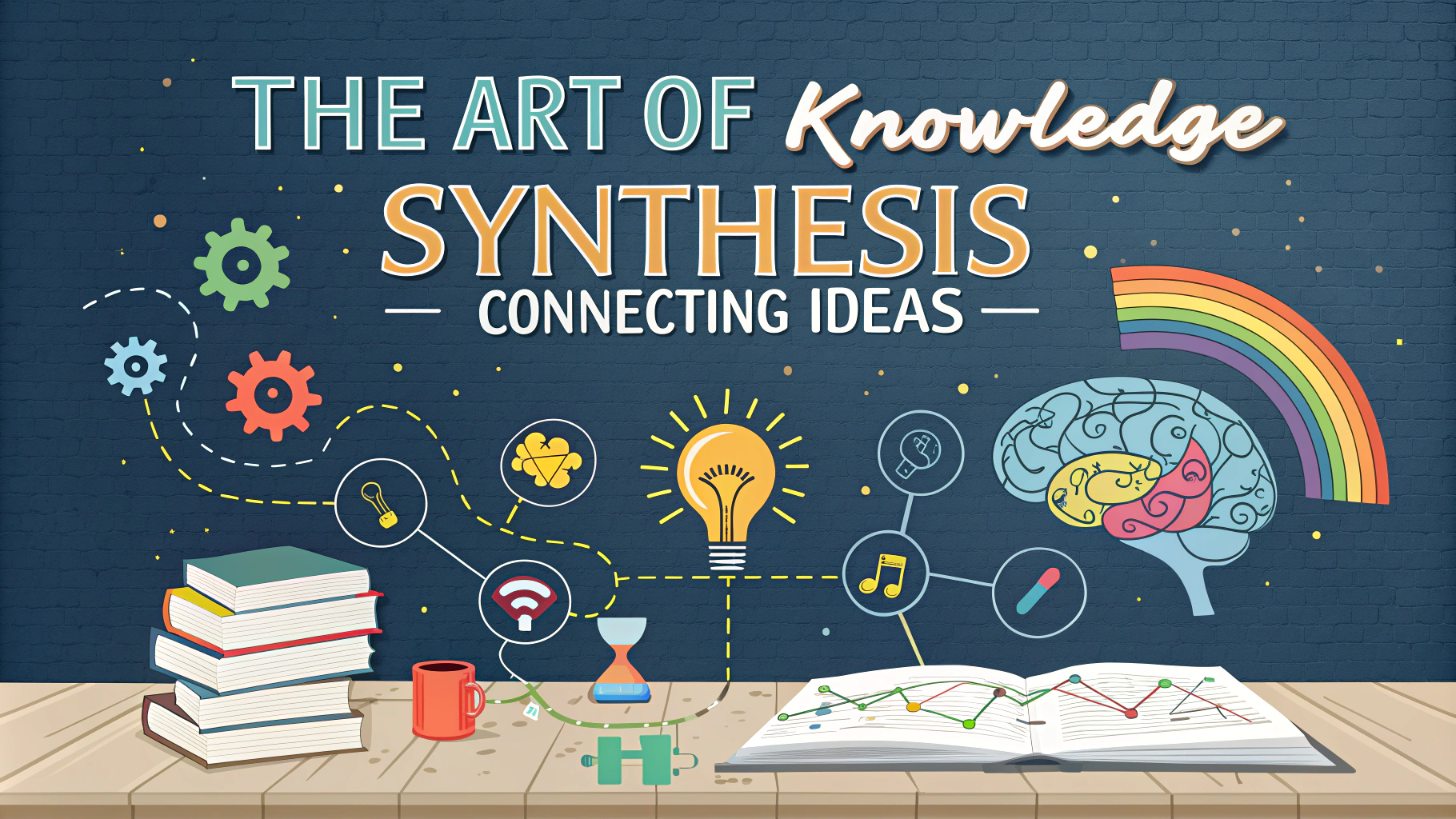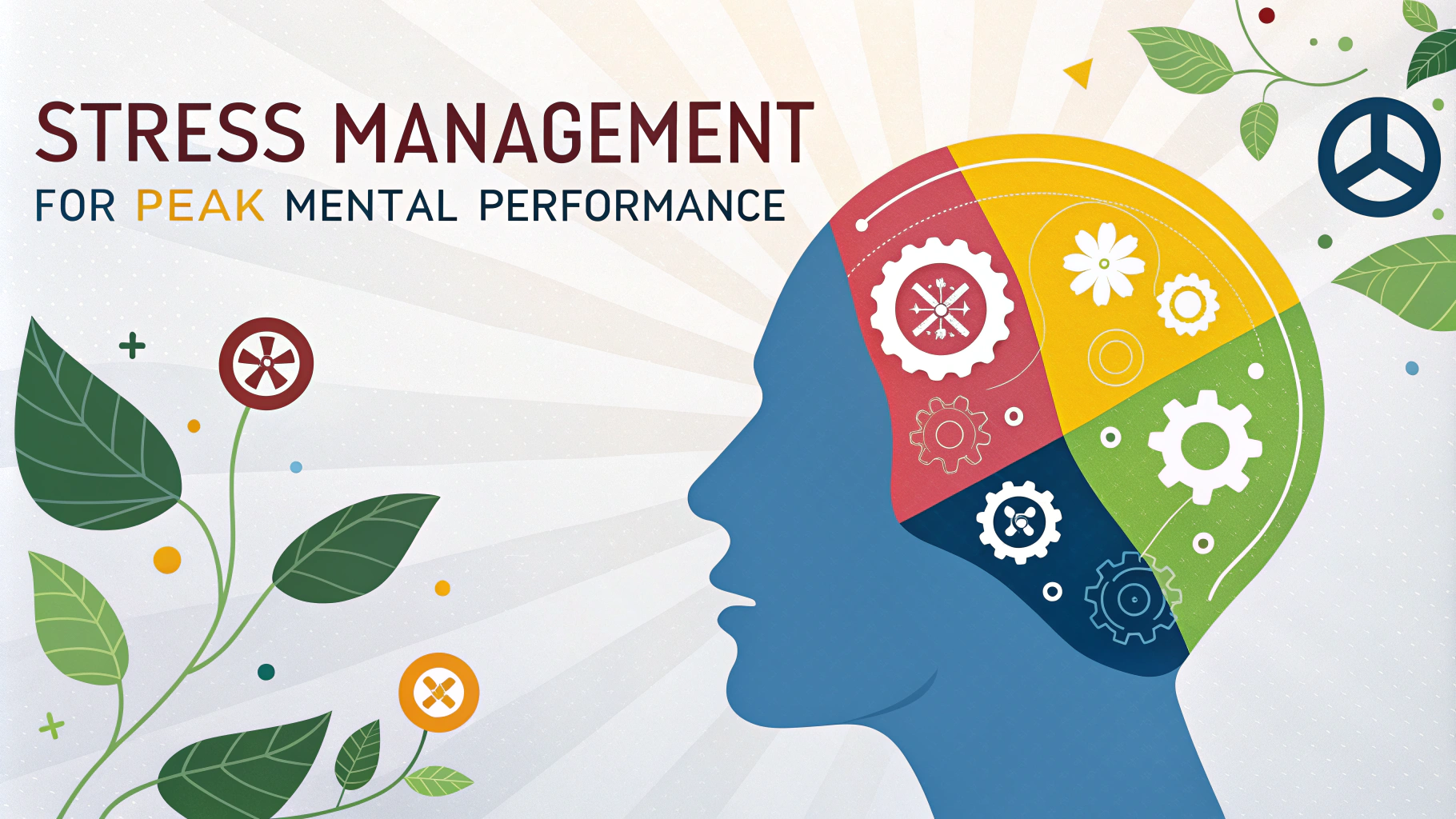Digital note-taking has transformed how we capture, organize, and retrieve information across work, study, and personal life.
Popular Digital Note-Taking Tools
- Notion – All-in-one workspace combining notes, databases, and project management
- Evernote – Classic note-taking app with strong search and web clipper features
- OneNote – Microsoft’s free offering with excellent handwriting support
- Obsidian – Markdown-based tool for building personal knowledge networks
- Roam Research – Bidirectional linking focused on networked thought
Key Features to Consider
| Feature | Why It Matters |
|---|---|
| Search capability | Quickly find notes across all content |
| Sync across devices | Access notes anywhere, anytime |
| File attachment support | Include images, PDFs, and other media |
| Sharing options | Collaborate with others when needed |
| Offline access | Work without internet connection |
Effective Note-Taking Techniques
The Cornell Method – Divide your notes into main notes, questions, and summary sections for better retention and review.
Mind Mapping – Create visual representations of ideas and their connections using tools like XMind or MindMeister.
Zettelkasten Method – Link atomic notes together to build a network of knowledge, particularly effective with tools like Obsidian or Roam Research.
Quick Tips for Digital Note-Taking
- Use templates for consistent note formatting
- Tag notes for easy categorization
- Set up automatic backups
- Learn keyboard shortcuts for faster input
- Review and organize notes weekly
Security Considerations
Enable two-factor authentication on your note-taking apps to protect sensitive information.
Regularly export your notes as backups in standard formats like PDF or plain text.
Getting Started Guide
- Choose one main note-taking app based on your specific needs
- Start with basic features before exploring advanced functions
- Create a simple organization system with folders or tags
- Practice consistent note-taking for 30 days to build the habit
- Set up sync across your devices
For detailed app comparisons and reviews, visit noteapps.info or productivityland.com.
Optimizing Your Digital Note System
Workflow Integration
- Connect notes with calendar events
- Set up automated capture systems
- Create project-specific notebooks
- Use note templates for recurring tasks
Knowledge Management Best Practices
Implement progressive summarization – highlight key points in multiple layers for easy review and reference. Create clear linkages between related notes to build a robust knowledge network.
Advanced Features Worth Exploring
| Feature | Use Case |
|---|---|
| API Integration | Connect notes with other productivity tools |
| Custom Scripts | Automate repetitive note-taking tasks |
| Database Views | Organize information in multiple formats |
| Version History | Track changes and restore previous versions |
Troubleshooting Common Issues
- Sync conflicts between devices
- Storage management for large attachments
- Performance optimization for large note collections
- Data migration between different apps
Conclusion
Digital note-taking success depends on choosing the right tool and developing consistent habits. Focus on creating a sustainable system that grows with your needs and supports your workflow. Regular review and adjustment of your note-taking strategy ensures long-term effectiveness.
Remember: The best note-taking system is one you’ll actually use consistently. Start simple and evolve your approach as needed.
FAQs
- What are the key differences between digital note-taking and traditional paper notes?
Digital notes offer searchability, easy organization, cloud backup, multimedia integration, and instant sharing capabilities, while paper notes are more tactile and have no battery dependency or technical issues. - Which digital note-taking apps are considered the best for students and professionals?
Evernote, OneNote, Notion, Apple Notes, and GoodNotes are among the top-rated apps, each offering unique features for different note-taking styles and needs. - How can I effectively organize my digital notes for better retention and retrieval?
Use hierarchical folder structures, tags, labels, and consistent naming conventions. Implement the PARA method (Projects, Areas, Resources, Archives) or create topic-based notebooks with clear categorization. - What are the most effective digital note-taking methods for accelerated learning?
The Cornell Method, Mind Mapping, Outline Method, and the Zettelkasten system are proven digital note-taking techniques that enhance learning and retention. - How can I sync my digital notes across multiple devices securely?
Use cloud-based note-taking apps with end-to-end encryption, enable automatic syncing, and regularly backup your notes to ensure accessibility and security across devices. - What hardware is recommended for optimal digital note-taking?
Tablets with stylus support (like iPad with Apple Pencil), 2-in-1 laptops, or devices with touch screens provide the best digital note-taking experience. - How can I convert handwritten notes to digital text efficiently?
Use OCR (Optical Character Recognition) enabled apps like Nebo, GoodNotes, or Microsoft OneNote to convert handwriting to searchable text automatically. - What are the best practices for integrating multimedia in digital notes?
Include relevant images, audio recordings, web clips, and videos, but maintain organization with proper labeling and ensure multimedia enhances rather than distracts from learning. - How can I maintain focus while taking digital notes in class or meetings?
Use distraction-free mode in note-taking apps, disable notifications, create templates beforehand, and implement shorthand or quick-capture methods. - What backup strategies should I implement for digital notes?
Use automatic cloud backup, create local backups, export notes regularly in universal formats (PDF/HTML), and maintain redundancy across multiple storage solutions.








